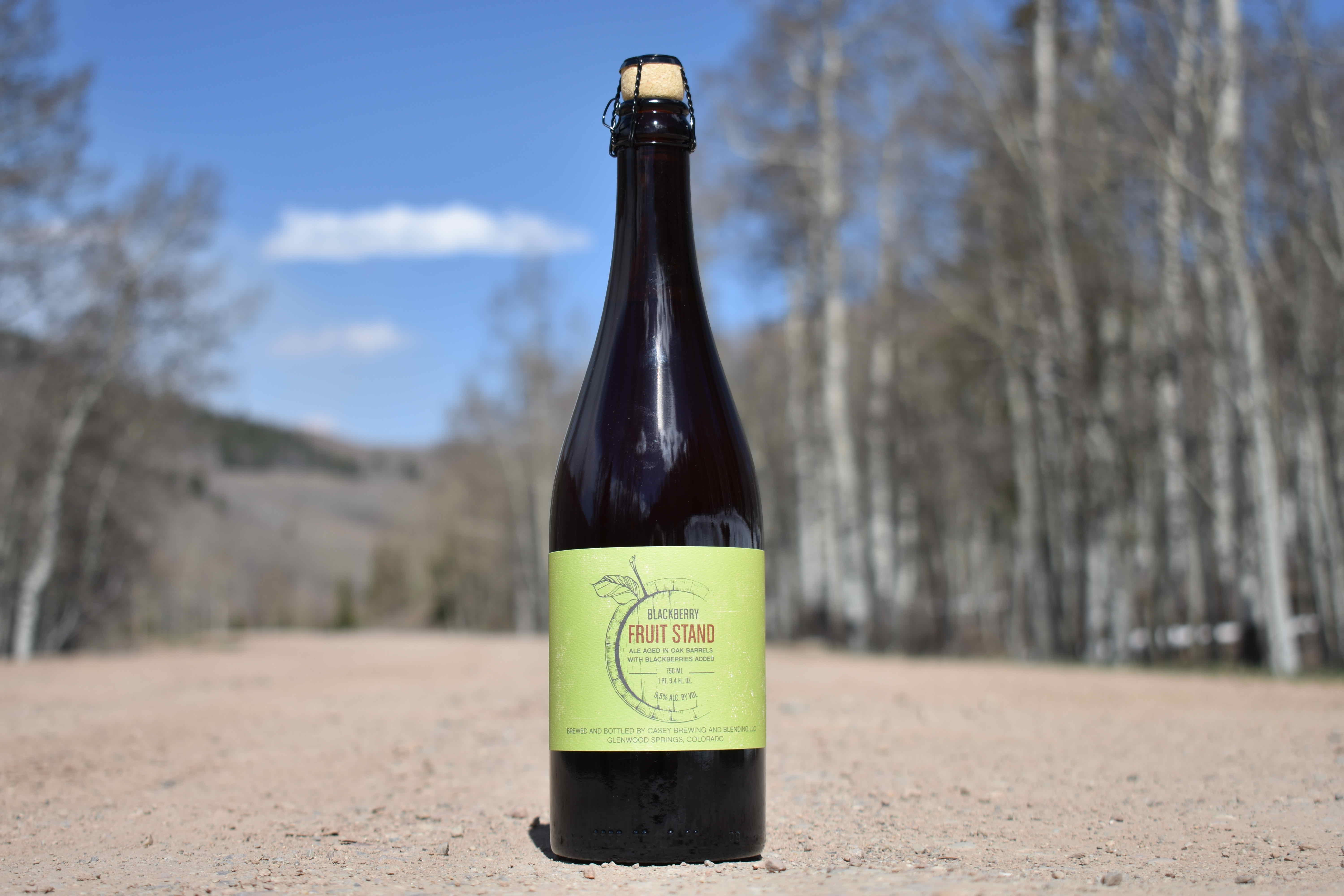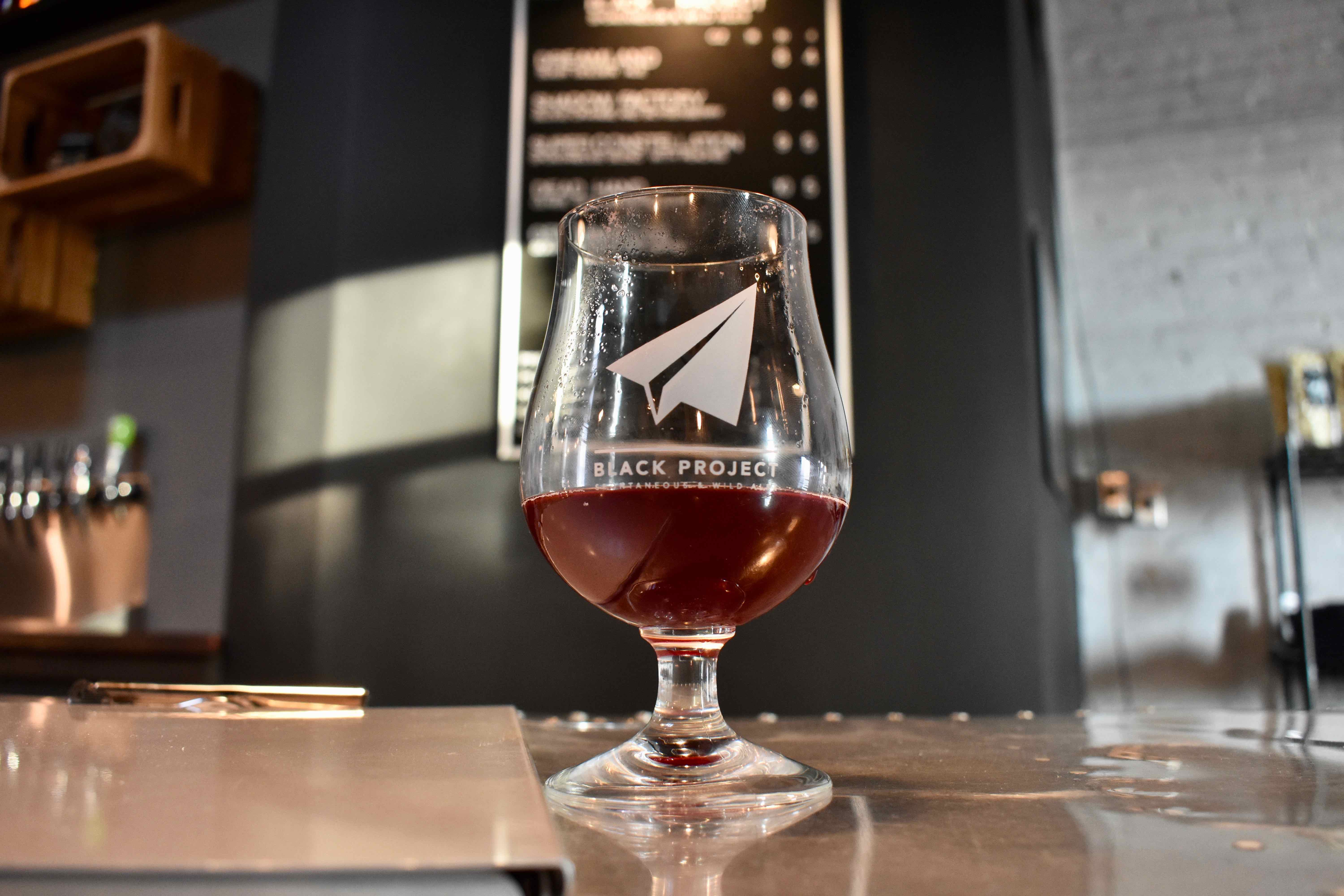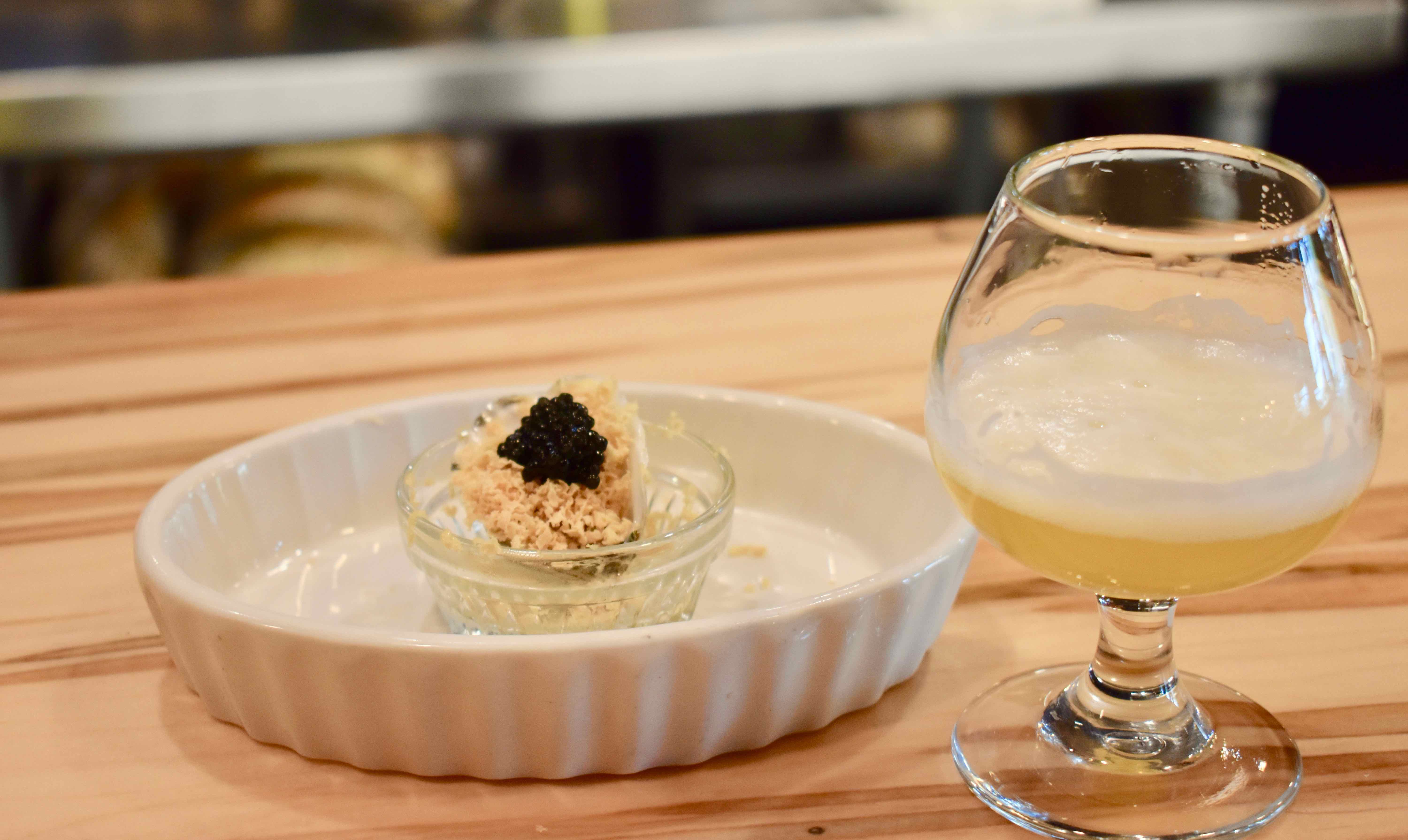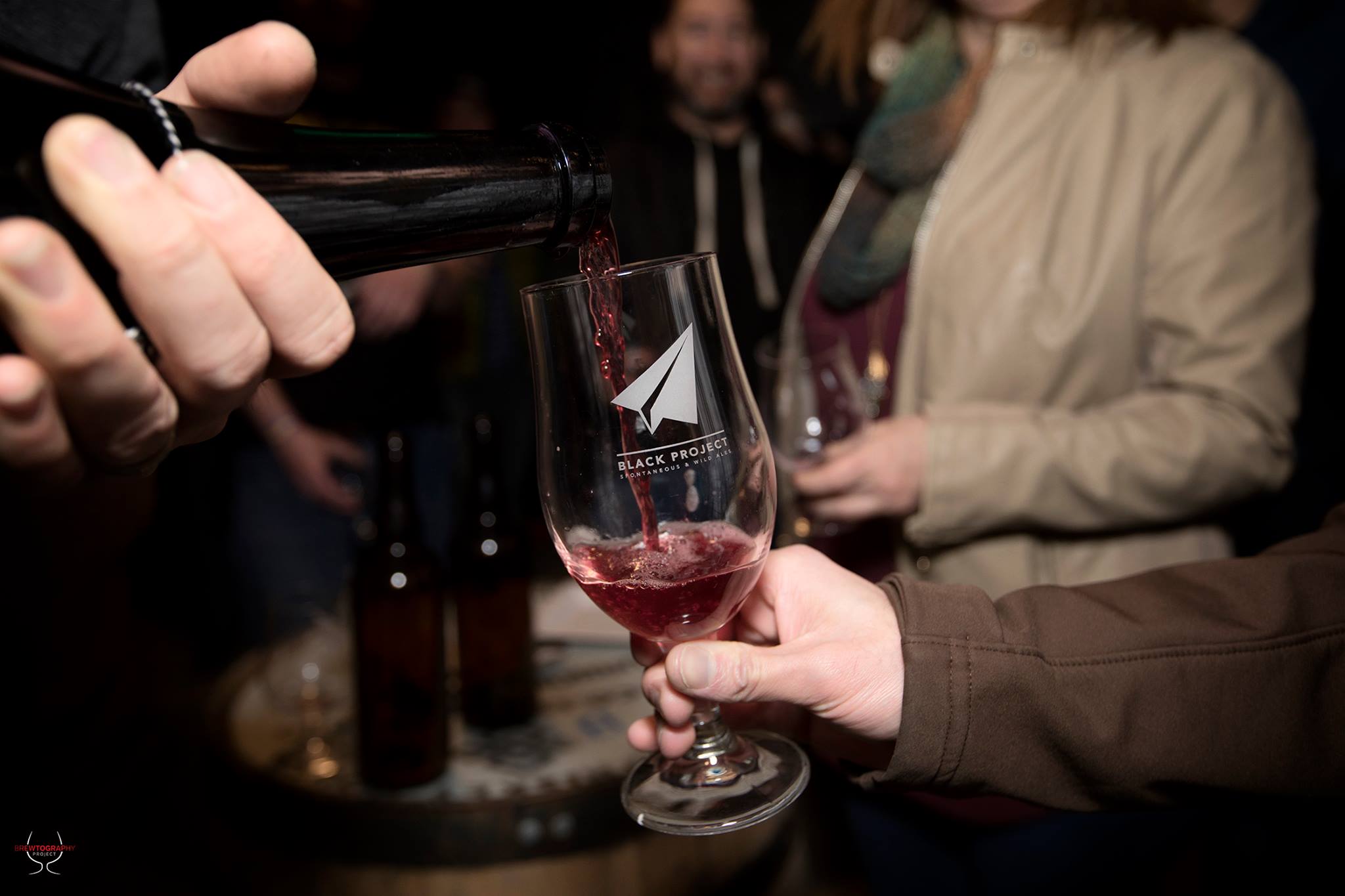There has always been something special about the craft beer scene in the state of Colorado. But given its location on the map, it could have been easily lost between two boisterous coasts. However, when it comes to beer, Colorado has been a key player in innovation. This innovation involves all facets of the craft beer scene from boundary-pushing styles to the style of containers that hold those delicious brews.
If you want proof – all you have to do is look at the important innovations and trendsetters that have come before. Oskar Blues Brewery made cans cool – Dale’s Pale Ale is a staple, and now breweries across the country are switching from glass to aluminum. Great Divide Brewing Company has made stouts mainstream, which has led to sightings of its Yeti all across the country. White Rascal by Avery Brewing Company has become synonymous with being everyone’s first craft beer. Avery uses White Rascal as a gateway beer leading to bigger beers like Pump(KY)n and Uncle Jacob’s Stout – helping to make double-digit ABVs commonplace in the beer marketplace.
But while Colorado has been crucial during the formative period of craft beer, that doesn’t mean the state has stopped since. Over the years, Colorado brewers have been pouring their hearts and souls into a certain area of brewing. That distinction title belongs not to one particular beer, but to a particular style – the sour.
In many ways, this has become one of our state’s defining beer styles. California is known for its dank, hop heavy clear IPAs. On the opposite coast, Boston is known for its ridiculously hazy, juicy and more fruit forward IPAs. While Colorado can offer IPAs of each variety that rival the two coasts, our wide dedication to different ingredients and methods is what stands out.
First, What Do We Mean By A Sour Beer?
The sour beer style encompasses many different sub-categories but in general, they are tart, funky and can be pucker-worthy. They can be brewed a number of different ways and often include wild yeast or sour inducing bacteria to give them their distinct flavor. To call them just sour is a disservice and as you will see Colorado sets a standard of excellence for this beer style in all its forms. To further illustrate our point about the range of the sour beer style, here is an example of just a few of them — American Wild Ale, Flanders Red Ale, Gose, Lambic, Kettle Sour and Berliner Weisse.
The Foundation
The sour beer’s heritage comes from Europe — particularly Belgium — and it’s important to mention its legacy to qualify not only the sour beer scene in Colorado but in the United States as well.
In Brussels, you will find breweries such Cantillon and Brouwerij 3 Fonteinen who have been fastidiously working on the art of the sour beer for more than 100 years. The Gueze and the Lambic style these breweries produce are protected and sacred. They can only come from the region where these breweries are located — it’s the yeast from their air that makes it special. The sour beer scene in the United States, for this reason, needs to be considered in respect to that heritage — there is too much respect for its history and tradition to do anything else.
With this in mind, there is no doubt that the state of Colorado, has given the sour beer not only an American touch but a flare only found in the Rocky Mountains. This is because the sour beer style in the United States started with an idea, a dare and a fascination from the brewers at New Belgium Brewing Company in Fort Collins. At a time when not many were focusing on the style, the brewers at New Belgium set out to see what they could do personally. Little did they know then, but they would become some of the forefathers of sour beer, not just in Colorado, but the entire country. However, we do not want to discredit the important contributions to the start of the sour movement from breweries such as Russian River Brewing Company and Allagash Brewing and those have continued to push it like Jolly Pumpkin Brewing and Jester King Brewery. All of those breweries are important, but there is something special about the timing and national movement that can be traced back to New Belgium.
In 1997, the crew at New Belgium began a project with just seven barrels. This would be the beginning of a cultural beer shift from the typical American styles to what could be with the exploration of sour beers.
“Colorado became an island in the middle of the United States” for sour beers as Lauren Woods Salazar described it – she was one of the founders of that island at New Belgium. It started small and locally with beer people getting together – digging into flavor profiles and showing off their newfound knowledge and taste details.
This small group who started playing with sour beer in Fort Collins would then launch the sour beer movement with the release of La Folie. This beer was the result of their slow and methodical process to capture the essence of sour beer. This beer announced its presence with a gold medal at the Great American Beer Festival in 1998 followed by its national release. The beer drinkers of Colorado wouldn’t know what to do without sour beer – they seek it – it’s ingrained in their beer heritage. While the style wouldn’t take off overnight — La Folie created the consumer and perhaps, more importantly, the sour brewer in Colorado.
Salazar said it best — “The brewers of today are the beer drinkers of yesterday who grew up on sours.” La Folie and New Belgium created a foundation and a generation of sour drinkers and creators. In fact, during our talk, Salazar recalled that she still has the tasting notes from a visit by Troy Casey and Chad Yakobson– founders of Casey Brewing and Crooked Stave respectively – showing the growth and foreshadowing the sour future.
Taking the Next Step

While New Belgium expanded its barrels and foeders eventually — leading to a forest of wooden barrels at New Belgium — other brewers were taking their appreciation for the sour beer style to the next level. Other larger scale breweries — like an Avery Brewing Company locally — introduced sour programs. From this grew the idea of focusing a brewery solely on sour beers.
Two men who shared tasting notes with Salazar in 2010 would go on to open breweries focused on the style – a bold risk – requiring the right location. To create legitimately good and important sours like Casey Brewing and Blending and Crooked Stave Artisan Beer Project requires immense time, patience and upfront cost. The best of these beers can take months and even years before they are ready.
There was one place where the chances of success could justify the required risks and that’s Colorado. Beer drinkers who were not only familiar with the style but were ravenous in their pursuit of it. After writing his master’s dissertation on the fermentation characteristics of Brettanomyces yeast, Yakobson started Crooked Stave Artisan Beer Project in 2011. It wasn’t until 2016 that he brewed his own beer – for the first five years of his operation all of the beers were brewed at other locations such as Funkwerks and Prost, and then the finished wort (unfermented beer) was transported back to his original location in Sunnyside to let the sour-inducing yeast do its magic.
In the barrel with fruits and yeast, these beers were a controlled experiment of what could be done with sour beers. It’s hard to imagine there being a better place for such a unique venture than Colorado. The lines of people for each release at Crooked Stave also signaled a change – people understood the scarcity and didn’t want to miss out on special beer.
“There’s magic in sour beers.”

In 2013 after brewing at AC Golden (also local to Colorado) Troy Casey began his own sour journey with Casey Brewing and Blending. When he began he never expected the sort of reaction to the beer he received.
“I honestly only hoped to survive, I never imagined we’d thrive like this. I think it comes from the very knowledgeable consumers we have in Colorado,” Casey explained, once again giving credit to La Folie.
“There’s magic in sour beers,” he said. “You can put the same base beer in two barrels and get completely different results. We focus on making sour beers using Colorado ingredients, and Colorado is one of the few states where that’s possible to do. From the great barley and wheat that is grown and malted all over the state, to the hops and hop processing facilities on the Western Slope, to the amazing fruit grown around Palisade and Hotchkiss, Colorado is the perfect place to make this style.”
This is reflected in the popularity of his beer. When he first started doing releases, people would literally camp out overnight to save their spot in line. The brewery has moved to a new model where you purchase a ticket to tour, taste and purchase in order to better allocate its resources and get its beer out to the public. The public is far stretching – people have come from all over the world just to try these sour beers created in Glenwood Springs.
“Our sour beers have soul,” Casey noted. “We know the name of every producer that supplies our ingredients, whether it be our hops, grains or fruits. I know about their family and they know about mine. We only use whole fruits in our beers, this makes for flavors that cannot be replicated using puree or concentrate. All these small things combine to make a product with soul, with heart.”
Today

If you walk into almost any brewery right now in Colorado it would be rare not to find a sour beer style not on the tap list. There is a thirst for it and it has fostered the growth of many breweries that are sour style specific and they cover the entire state. TRVE in Denver, Funkwerks in Fort Collins and Paradox in Divide (to name a few) are all worth a visit for sour fans. These breweries are also a great example of the range of sour beer styles from the acid temple at TRVE to the wild ales of Paradox among them there is sure to be a better to fit any sour palate.
However, it can be said Black Project Wild and Spontaneous Ales is the next step in the evolutionary process for sour beer in Colorado. Originally started as Former Future Brewing Company the brewery was switched over to Black Project so that it could focus on producing great sours and meeting the demand. When asked about the sour beer drinker – Black Project co-owner Sarah Howat said: “There was talk about the great sour beer scene in Colorado even a few years ago.”
In our talk, she also mentioned that she and James Howat co-owner and brewer at Black Project also enjoyed some of their first sours at New Belgium. It clicked for them as the style they wanted to pursue. It was the breweries like Casey and Crooked Stave who had walked the trail before them. Educating the public and hitting a new population of drinkers with their marketing — and allowed Black Project to follow with its own flare and in their own good time.
In many ways, Howat felt that the sour beer drinker is actually the casual beer drinker. And as of late, she is seeing a growth in them and their tastes. This has allowed Black Project to expand what sour can be and focus on the curiosity of spontaneous fermentation.
This is a bold expansion of the style – producing beer using only the wild yeast in the air around them comes with so many unknowns – there is no guarantee it will even ferment (and produce beer). But the beer drinkers of Colorado have come to expect this sort of bold action from their sour brewers. Their latest release ROSWELL was the result of this and the first foray into Lambic inspired beers – people traveled not just locally, but from different states to line up for this unique offering.
READ: Black Project’s Latest Beer Release Brings Lambic-Inspired Beer to Denver
The trailblazers — those that followed like Black Project — are one giant community. It is almost unfair to categorize all of them under a single word for the style. Sour beers can be so many things, and truly each brewery is testing new techniques and processes.
As Howat noted, “Everyone has their own audience.” And while it’s easy to want to compare one flavor or brand to another, it can’t happen. “No one can ever replicate them.”
Instead, as the sour beer scene grows in Colorado, each is totally unique, and the people want them.
The Future

The sour beer shows no sign of slowing down. Whenever you search for top beers in the state of Colorado, the majority of beers on the list will be sour. When you look for best sours in the country – it’s no surprise to find Colorado breweries dominating the list. The question is — what’s next?
Everyone we spoke in the sour world touched on a few common themes when it came to the future of sour beer – in Colorado which then, of course, will spread to a more national level. The most prevalent theme was expansion and education.
Expansion refers to the diversity within the style – as mentioned before there is so much more to each type of sour than it being sour. From wild yeast to Brettanomyces to spontaneous fermentation (yeast from the air around us) each thing means something different for the beer, the availability and to the price to the consumer. While the original growth was slow – this next wave has happened fast and caused some of the details and definitions to get lost in the rush. If you are looking for a newer sour focused brewery to keep an eye on put Amalgam on your list. The first few bottles in its portfolio have been released and are worth your time if you are a fan of sour beers.
So where does the education start? With the brewers and the taprooms representing them. The most important example of this would be Goed Zuur — the first sour only beer taproom in the country that happens to call Five Points in Denver its home. They opened there because of the informed Colorado beer drinker and are bringing in new people because they believe in educating every customer. Walk in and any member of their staff can give you a breakdown of what it means to be sour and find the right sour beer for your palette.
Good Acid – Goed Zuur Infiltrates Five Points with Wild and Sour Beers
New Belgium is also opening a new location in RiNo that is going to expand its sour program. This separate entity will be removed from the larger brewing operation and will allow for more experimentation, growth and the ability to get the type of interaction with the customer. This also ties into its recent release of Kriek Noir and Oscar – two new sours – scarce enough to be sought after but still achievable for the common sour drinker. In addition to their Denver expansion, there are hints that a sour community is brewing between New Belgium and other local breweries — making a strong statement about the future of sour beer in our state and beyond.
With more than 300 breweries in the state and more on the way, there is a lot of notable beer coming out of Colorado. There is a special relationship between the Colorado beer drinkers and their brewers – allowing for risk, exploration and creativity when it comes to what a beer can ultimately be.
As a result, Colorado has had a long and passionate love of the sour beer. So let the two coasts battle it out over IPAs – we know what we have. We have a craft beer community that fosters the best sour beer. We’ve had it since the beginning, and the future has never looked brighter.





